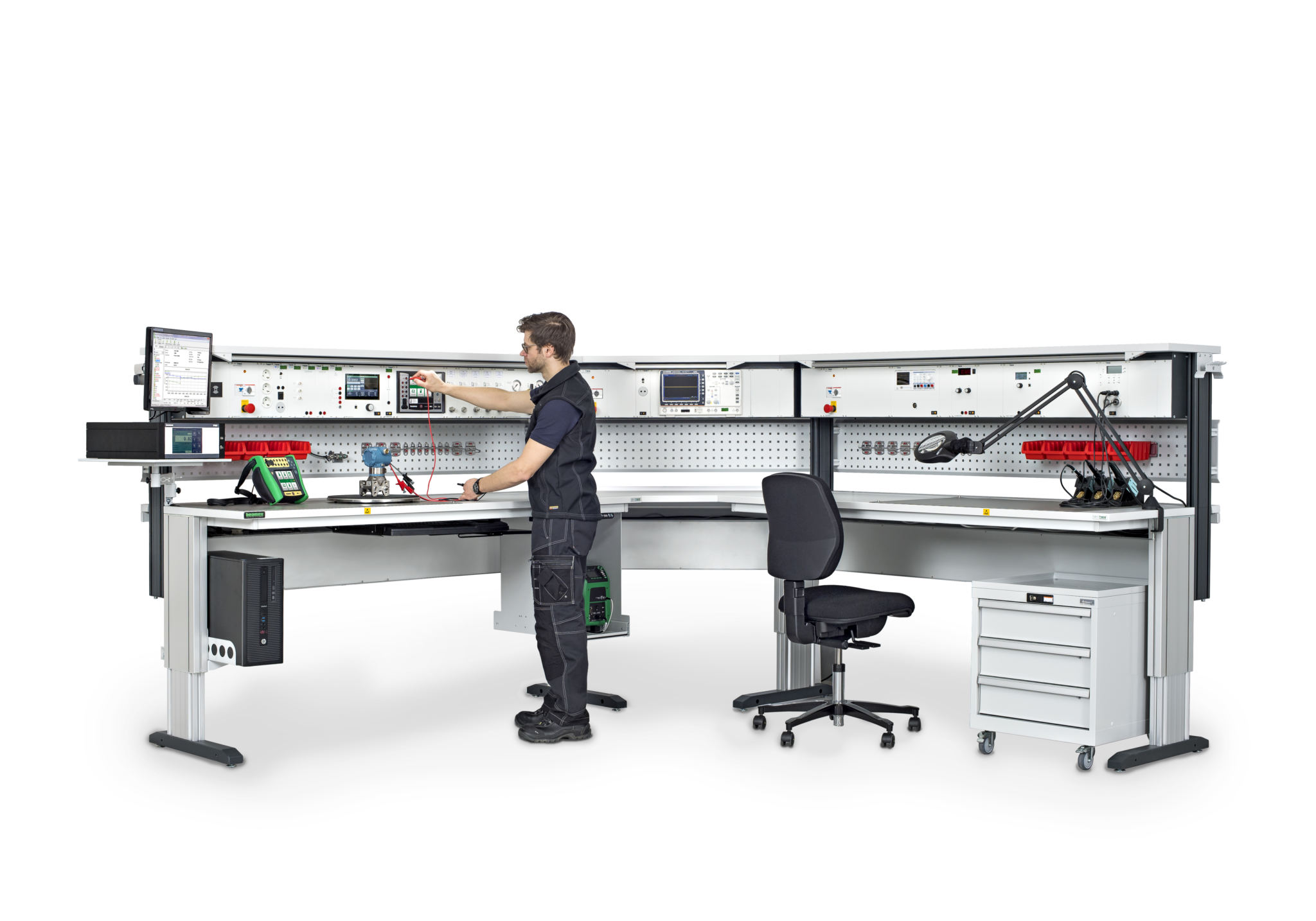(1). (See VIM 6.11 and NCSL pages 4–5 for primary and secondary definitions.) Calibration is a term that has many different – but similar – definitions. It is the process of verifying the capability and performance of an item of measuring and test equipment by comparison to traceable measurement standards. Calibration is performed with the item being calibrated in its normal operating configuration – as the normal operator would use it. The calibration process uses traceable external stimuli, measurement standards, or artifacts as needed to verify the performance. Calibration provides assurance that the instrument is capable of making measurements to its performance specification when it is correctly used. The result of a calibration is a determination of the performance quality of the instrument with respect to the desired specifications. This may be in the form of a pass/fail decision, determining or assigning one or more values, or the determination of one or more corrections. The calibration process consists of comparing an IM&TE unit with specified tolerances, but of unverified accuracy, to a measurement system or device of specified capability and known uncertainty in order to detect, report, or minimize by adjustment any deviations from the tolerance limits or any other variation in the accuracy of the instrument being compared. Calibration is performed according to a specified documented calibration procedure, under a set of specified and controlled measurement conditions, and with a specified and controlled measurement system.
Notes:
• A requirement for calibration does not imply that the item being calibrated can or should be adjusted.
• The calibration process may include, if necessary, calculation of correction factors or adjustment of the instrument being compared to reduce the magnitude of the inaccuracy.
• In some cases, minor repair such as replacement of batteries, fuses, or lamps, or minor adjustment such as zero and span, may be included as part of the calibration.
• Calibration does not include any maintenance or repair actions except as just noted. See also: performance test, calibration procedure Contrast with: calibration (2) and repair
2 A) Many manufacturers incorrectly use the term calibration to name the process of alignment or adjustment of an item that is either newly manufactured or is known to be out of tolerance, or is otherwise in an indeterminate state. Many calibration procedures in manufacturers’ manuals are actually factory alignment procedures that only need to be performed if a UUC is in an indeterminate state because it is being manufactured, is known to be out of tolerance, or after it is repaired. When used this way, calibration means the same as alignment or adjustment, which are repair activities and excluded from the metrological definition of calibration.
(B) In many cases, IM&TE instruction manuals may use calibration to describe tasks normally performed by the operator of a measurement system. Examples include performing a selftest as part of normal operation or performing a self-calibration (normalizing) a measurement system before use. When calibration is used to refer to tasks like this, the intent is that they are part of the normal work done by a trained user of the system. These and similar tasks are excluded from the metrological definition of calibration.
Contrast with: calibration (1)
See also: normalization, self-calibration, standardization
